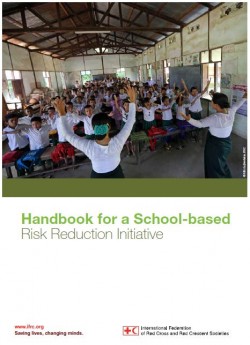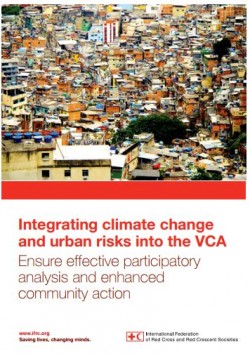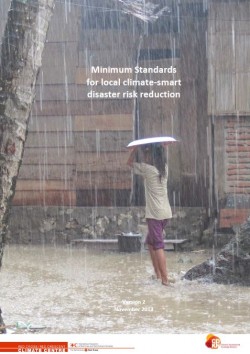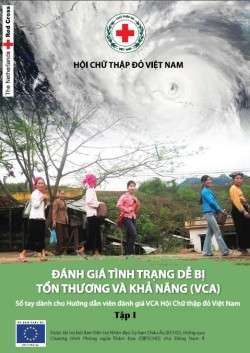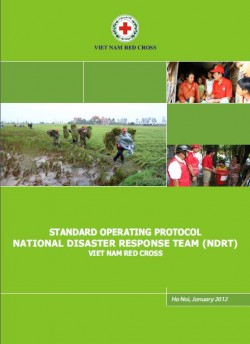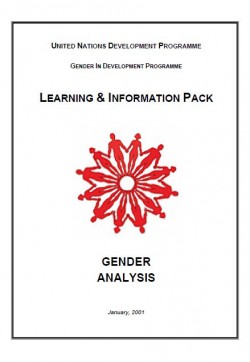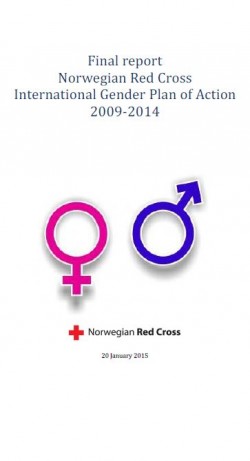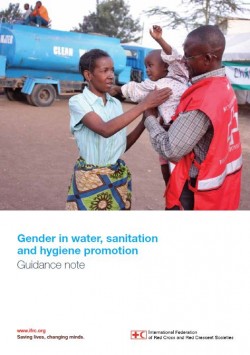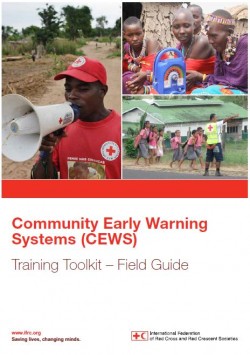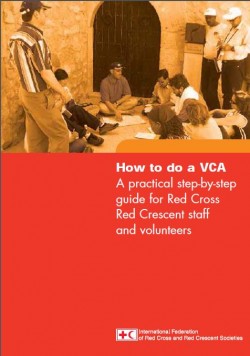Purpose
This handbook presents basic content and tips for implementing a school-based risk reduction programme. It is organised into five modules: its importance; approach and process; activities to benefit children up to five years old; activities for students aged 5–17; and activities for young people and volunteers aged 17–24.
These modules are based on good practice from around the world, although they build on the Comprehensive School Safety model for South-East Asia.
Overview
- A generic framework for school-based risk reduction initiatives is illustrated in a diagram on p.10. The Comprehensive School Safety framework suggests a series of continuing activities that include: identifying the hazards in and around a school; conducting drills; preparing contingency and disaster management plans by involving parents, teachers and students; and building on the capacities of an institution and individuals to cope with the challenges during an unforeseen event. It also consists of three pillars: safe learning facilities; school disaster management; and risk reduction and resilience education.
- The Red Cross/ Red Crescent school-based risk reduction model can be found on p. 21. It provides differential strategies to impact children and youth (up to age 24 years).
Usage: Guidance for project implementation
Audiences: Technical staff; Volunteers
![]()


